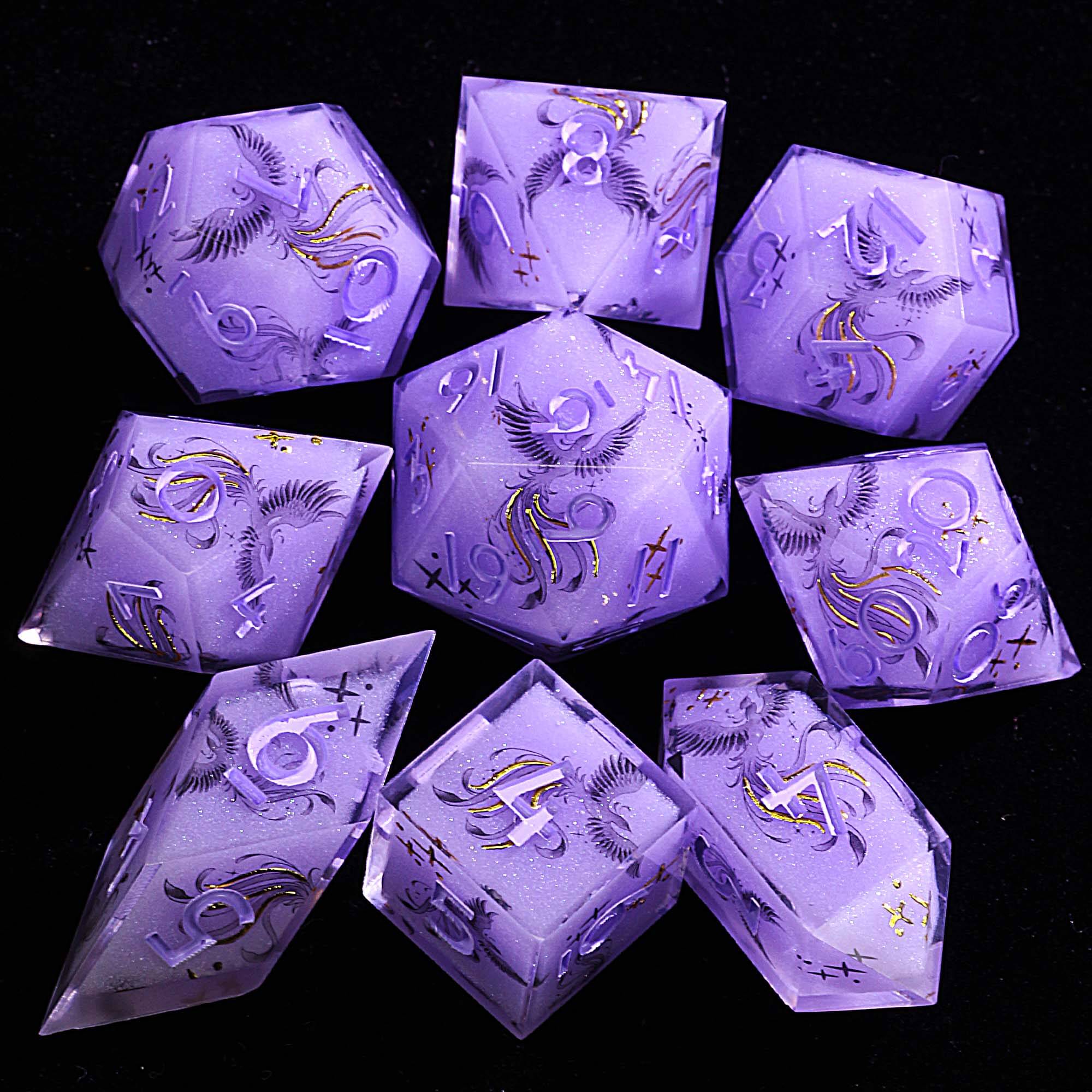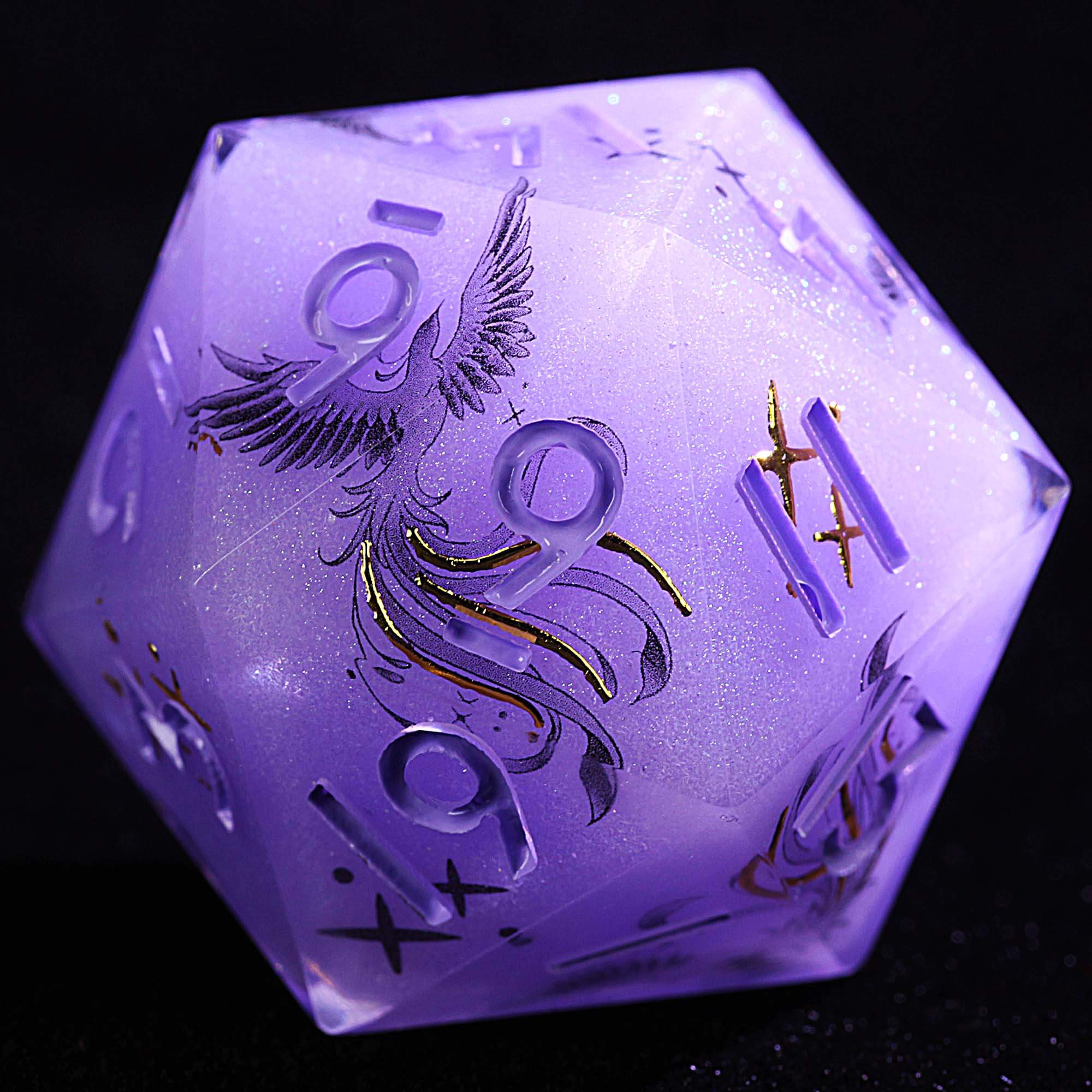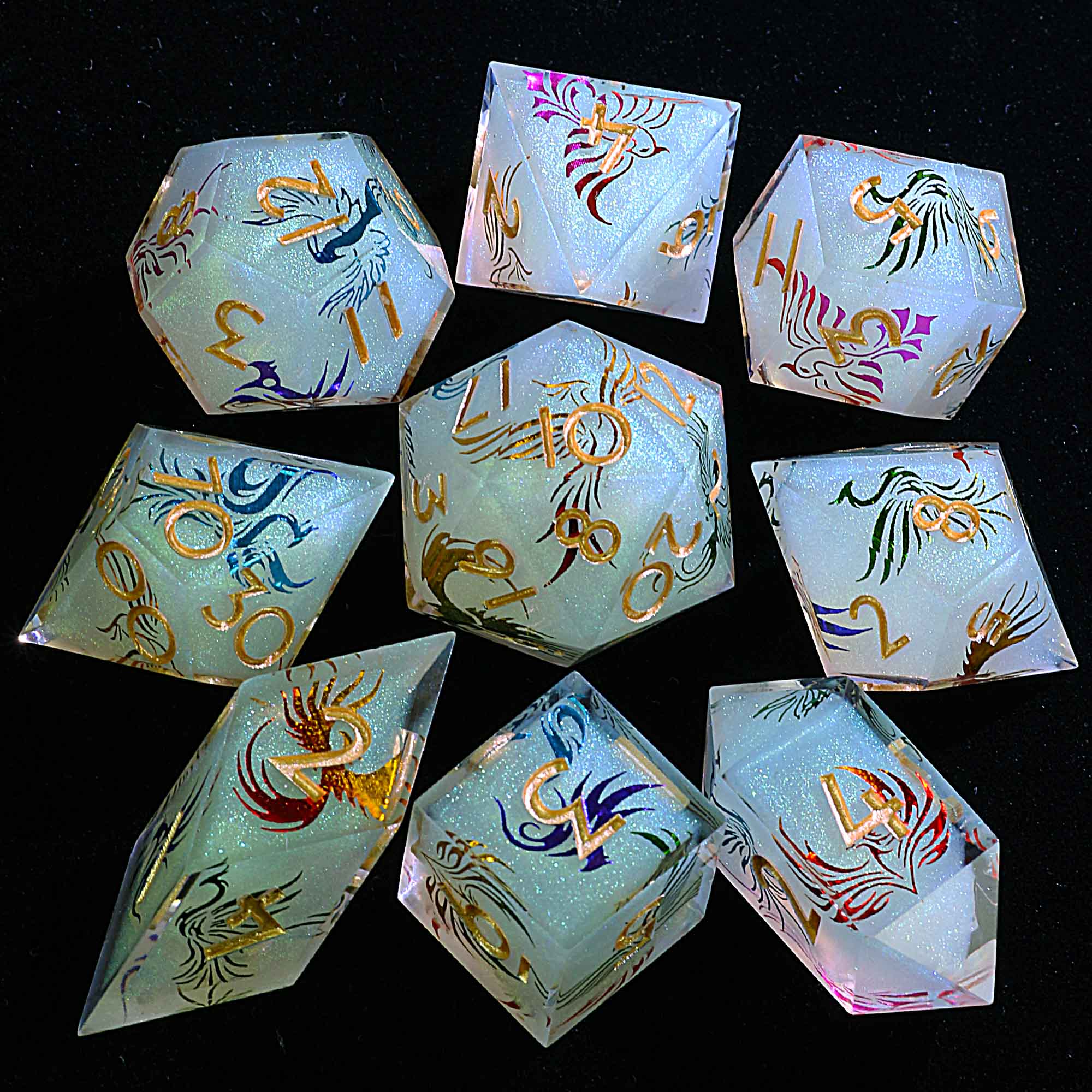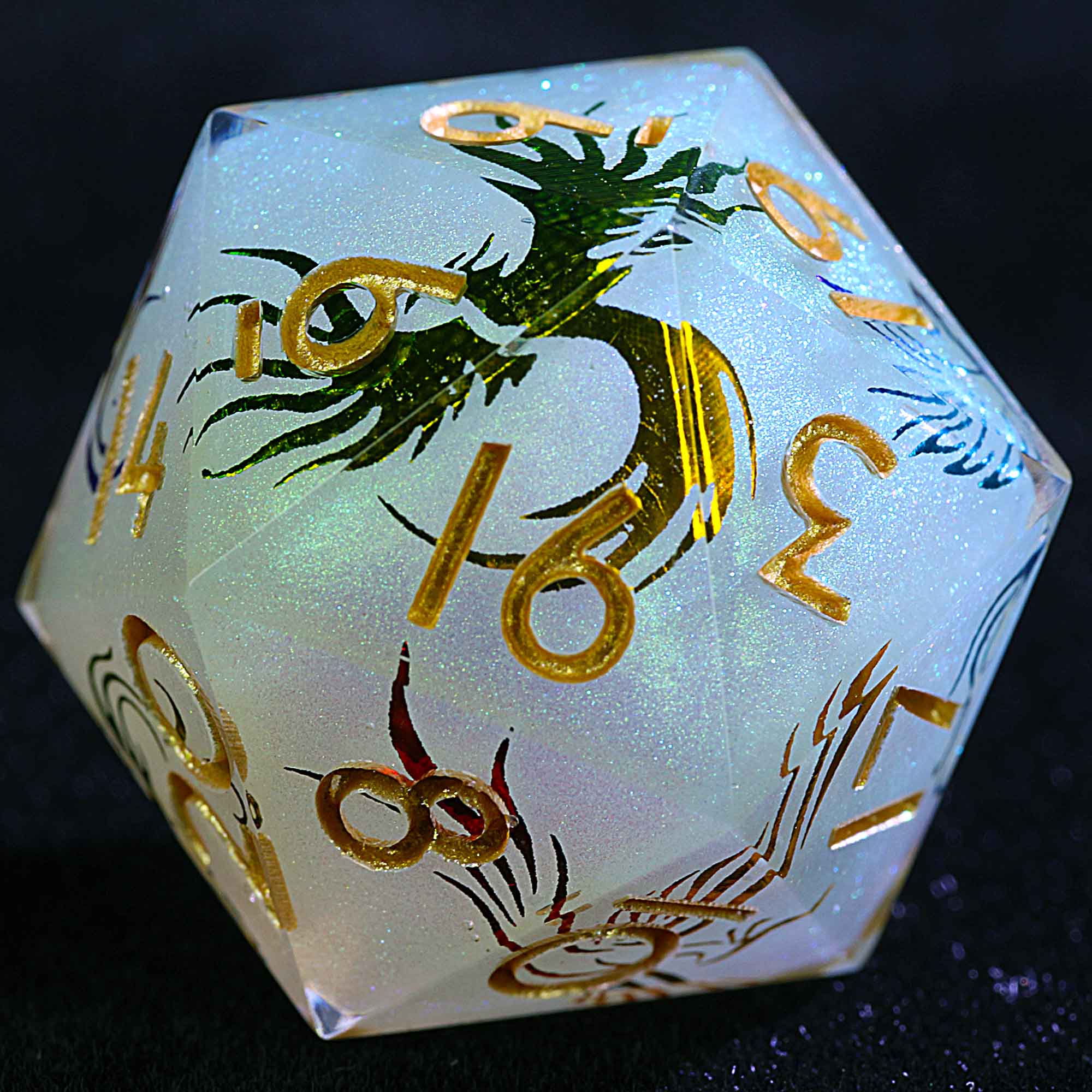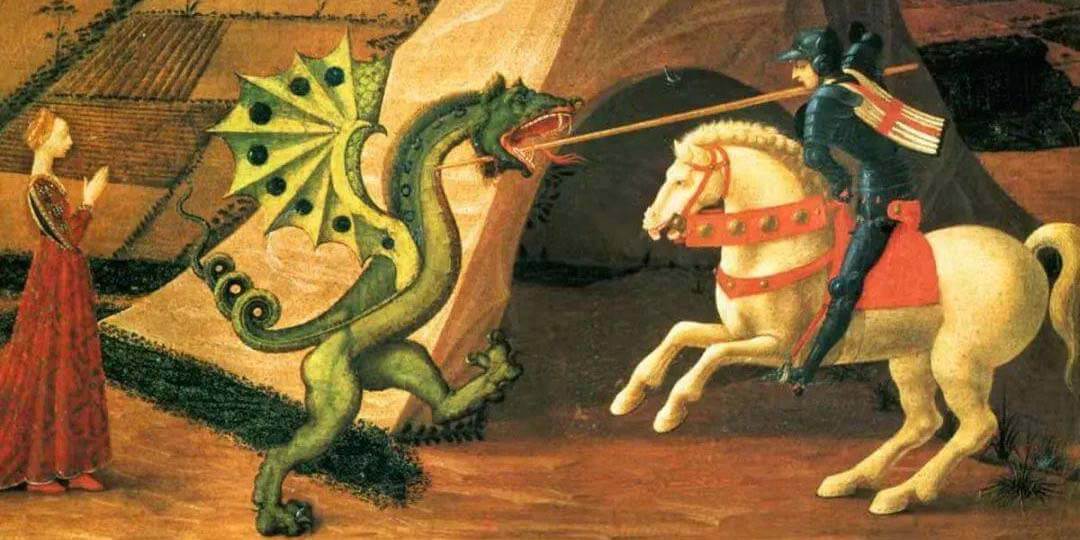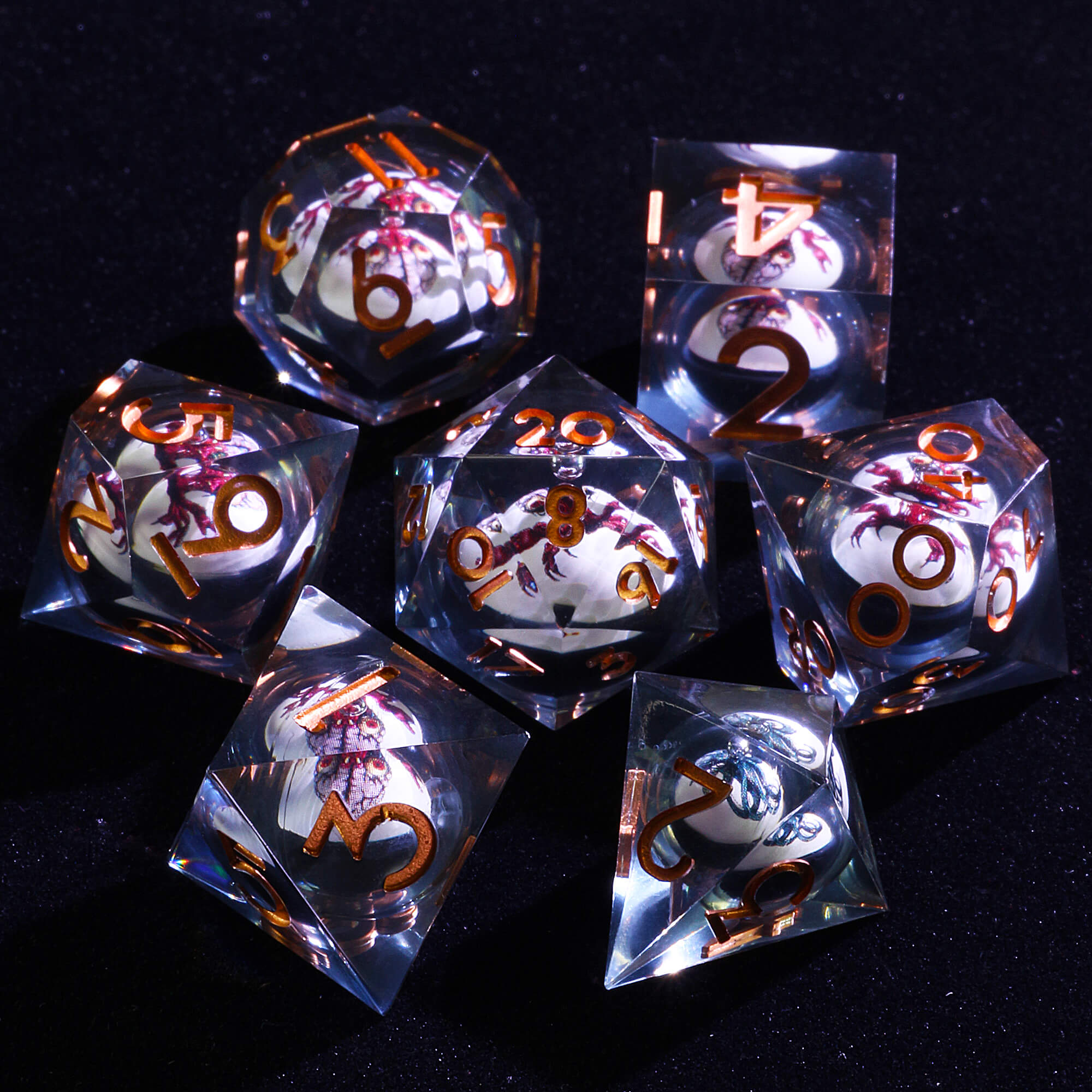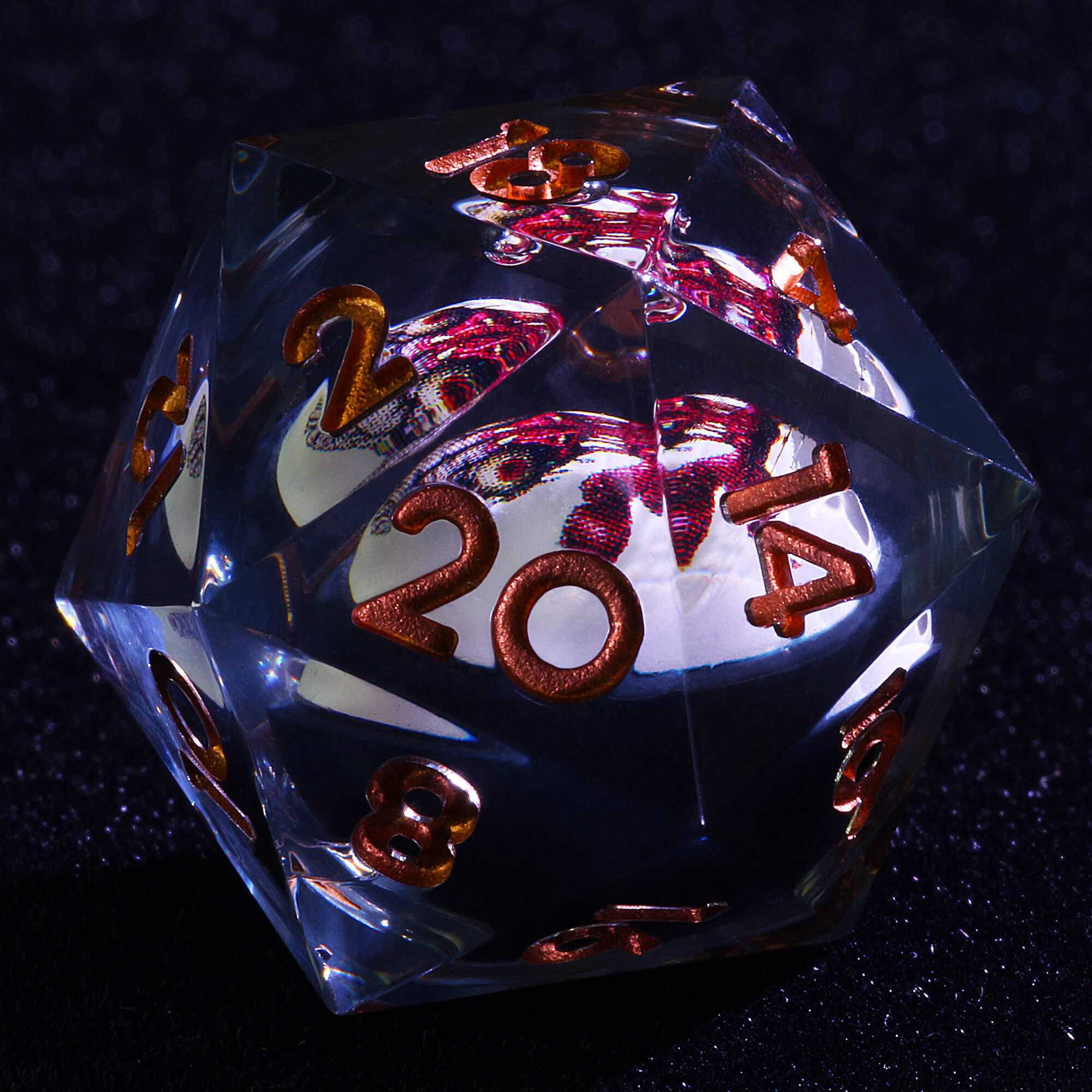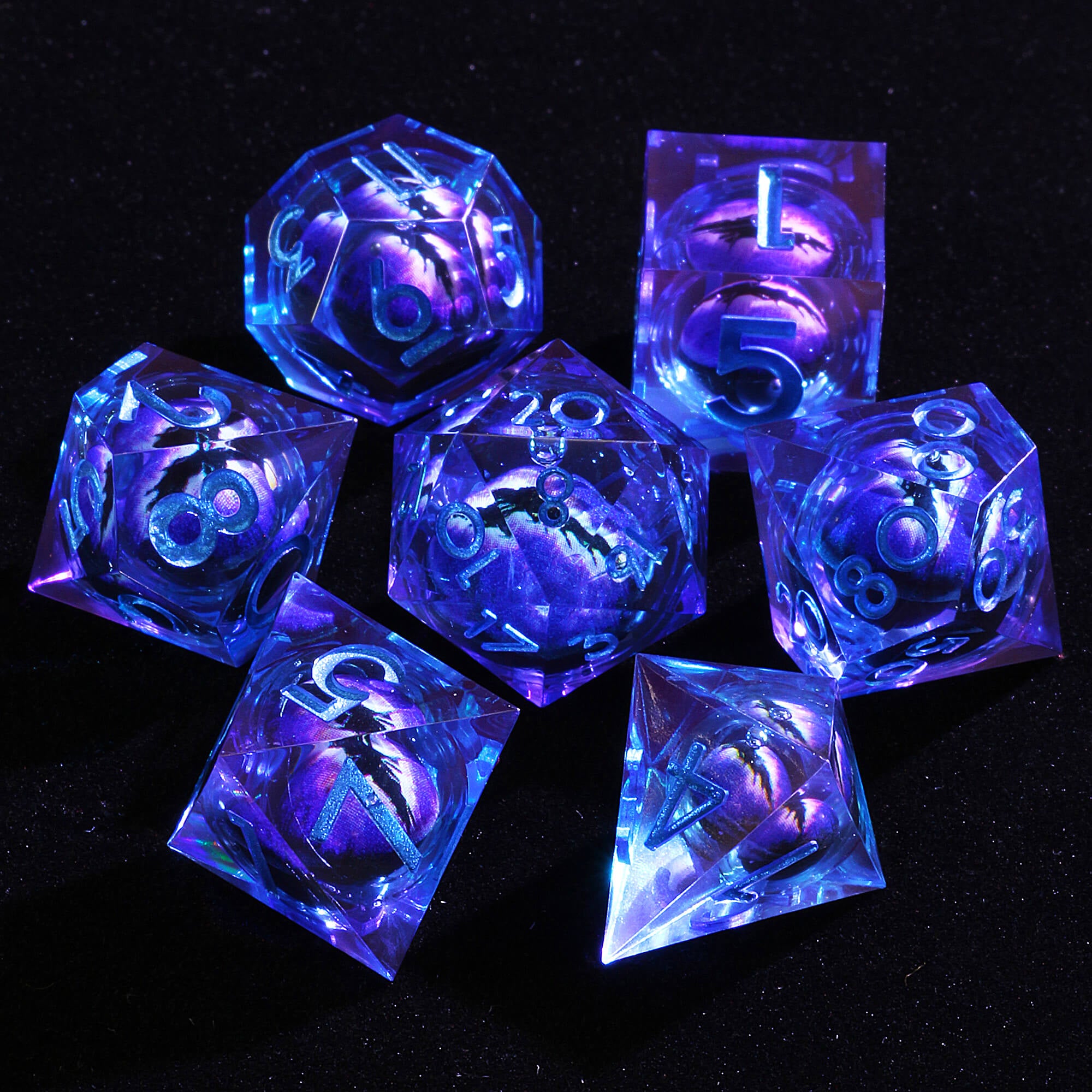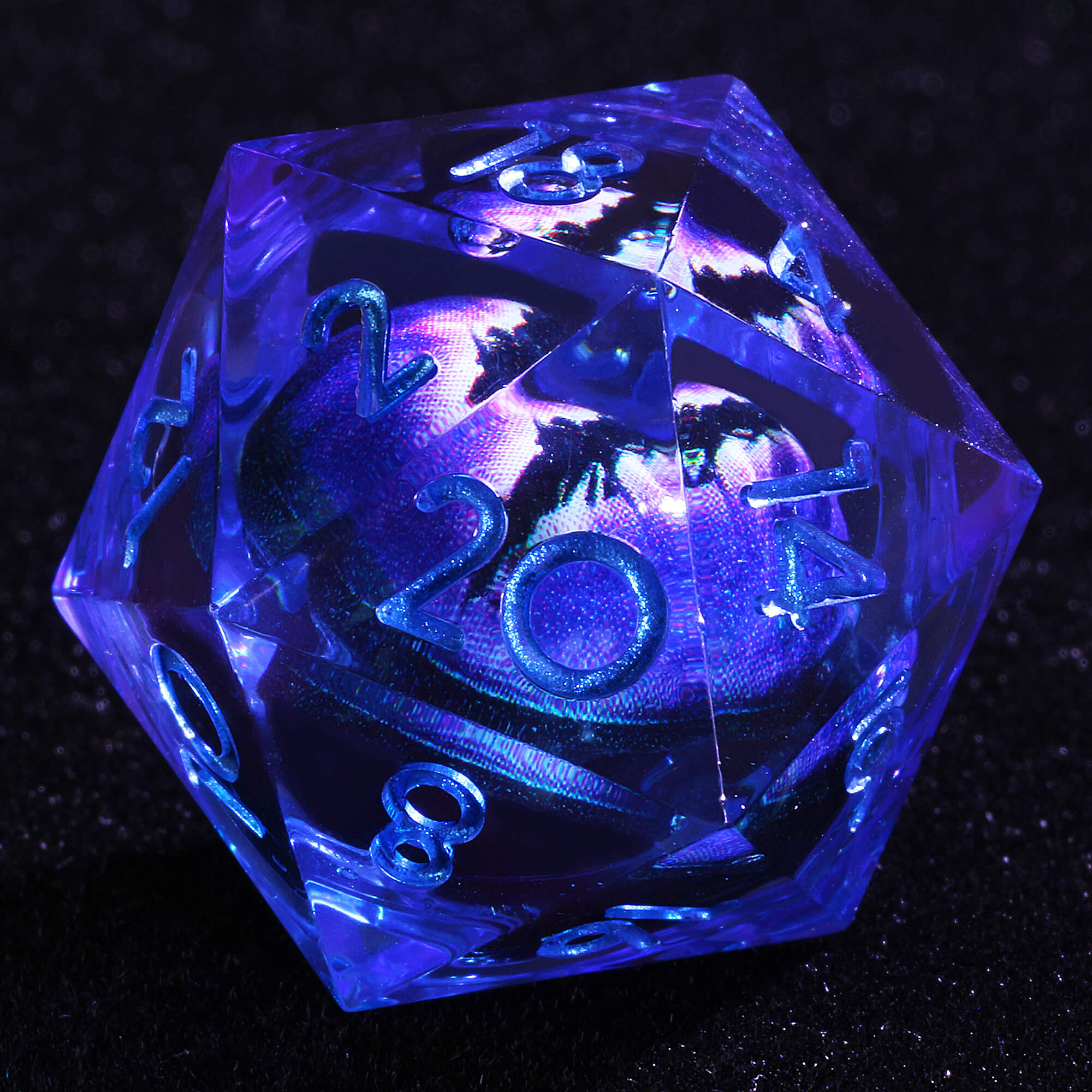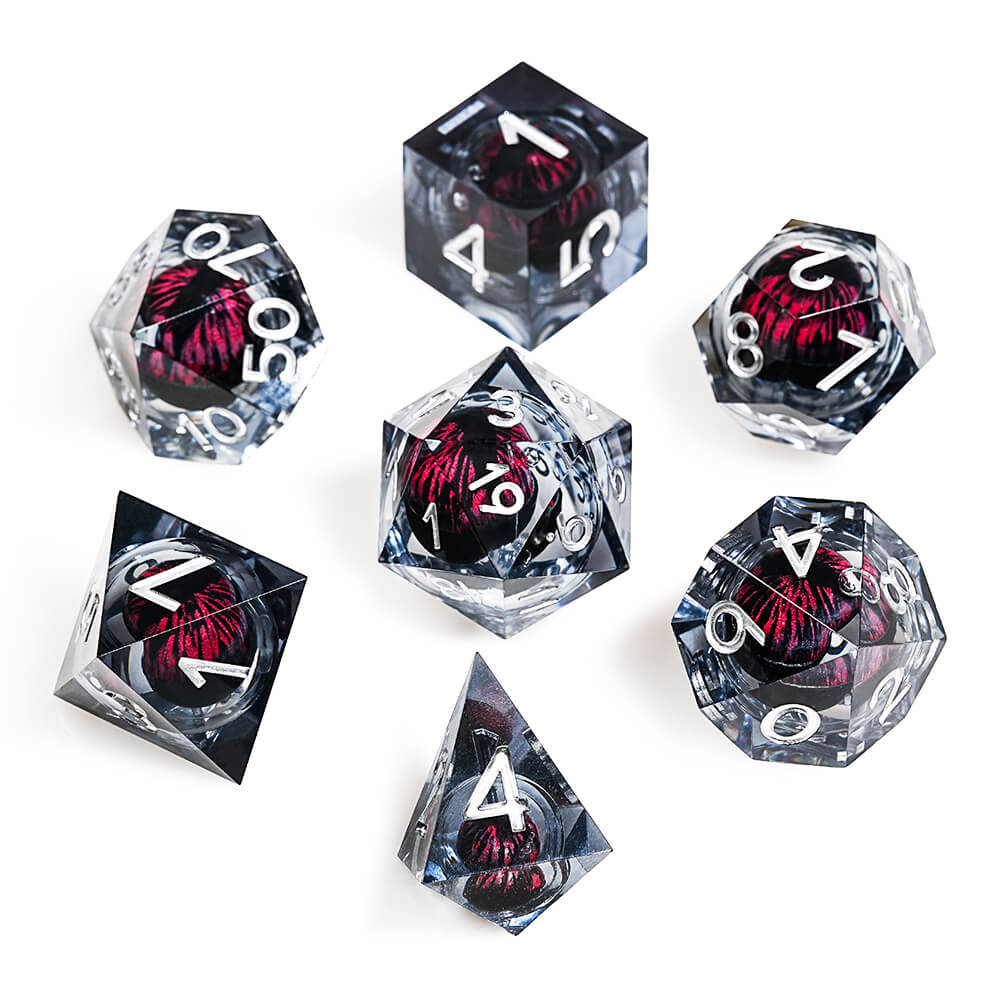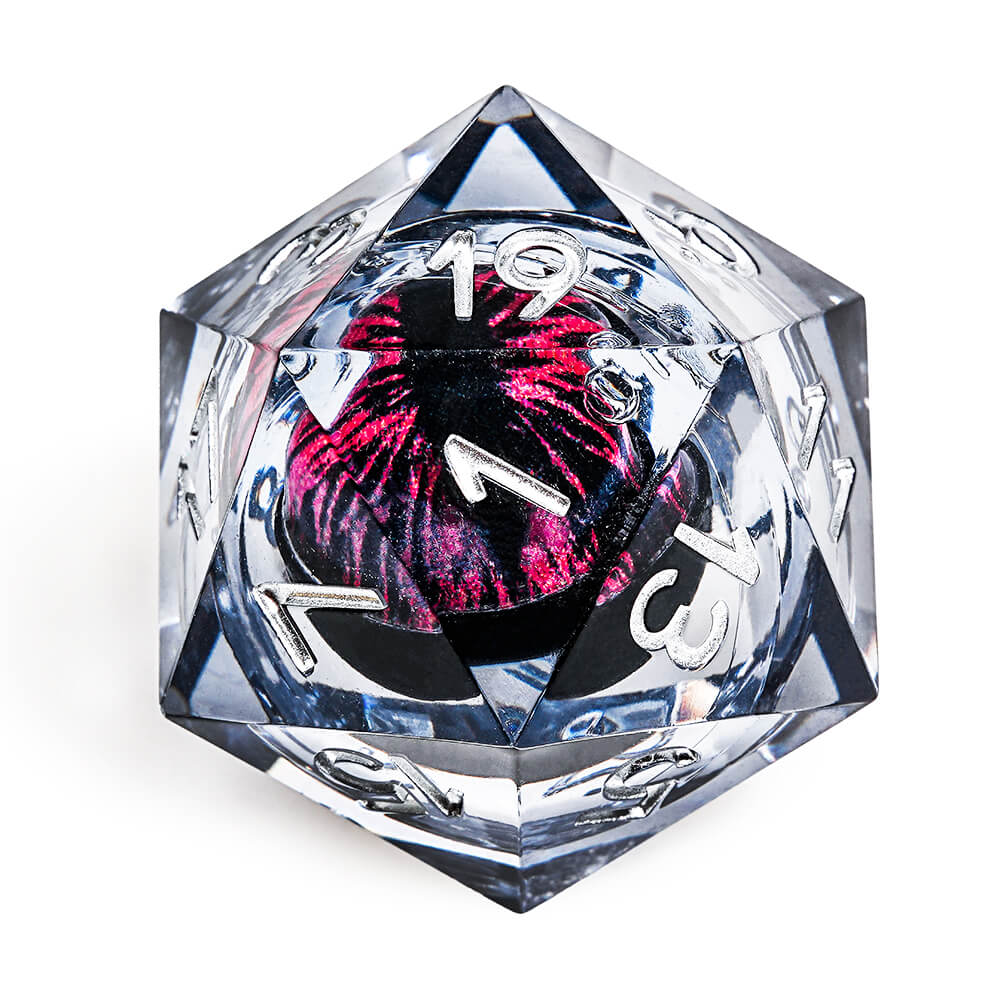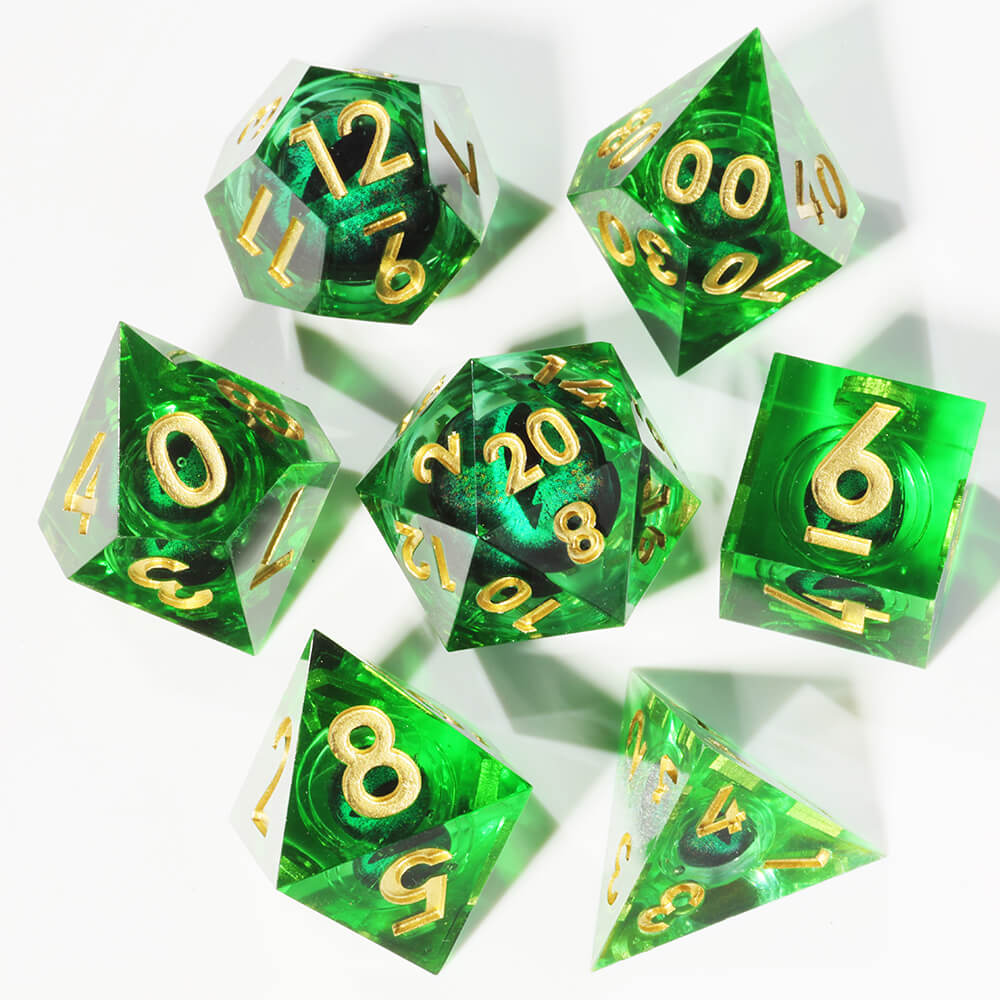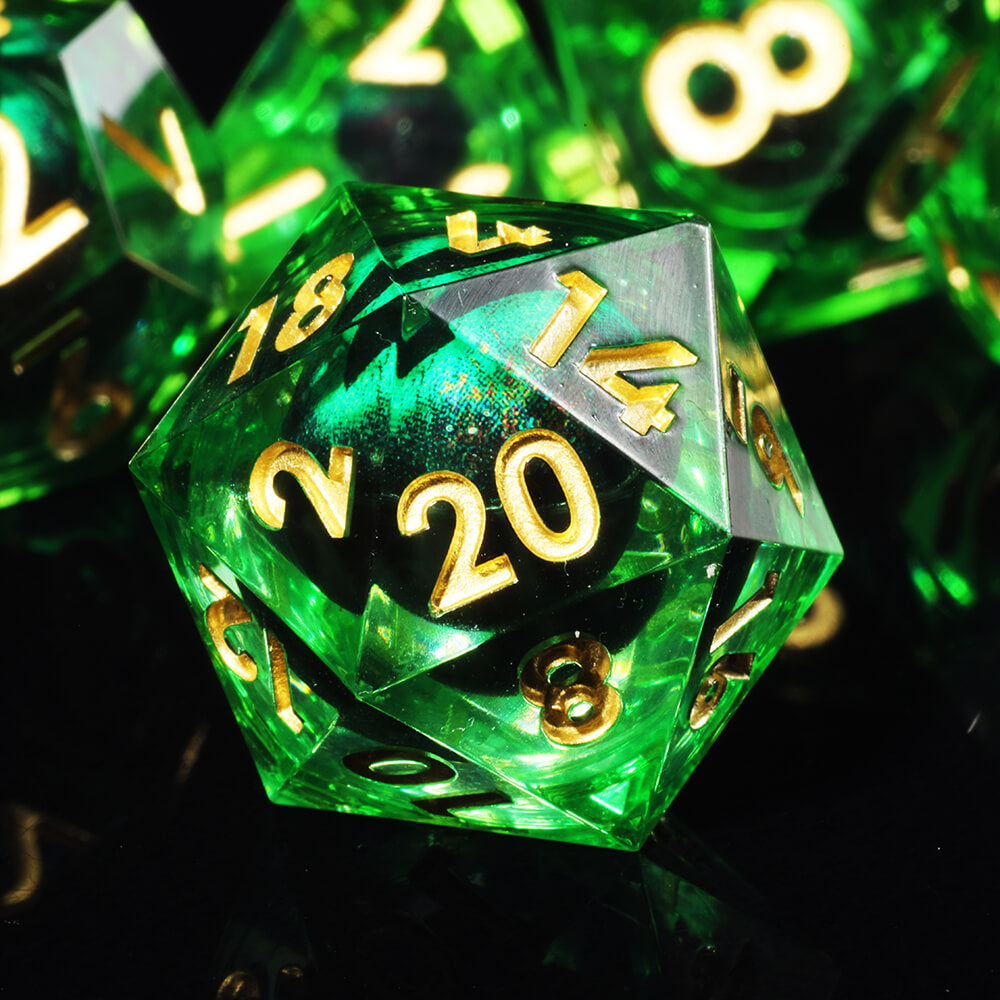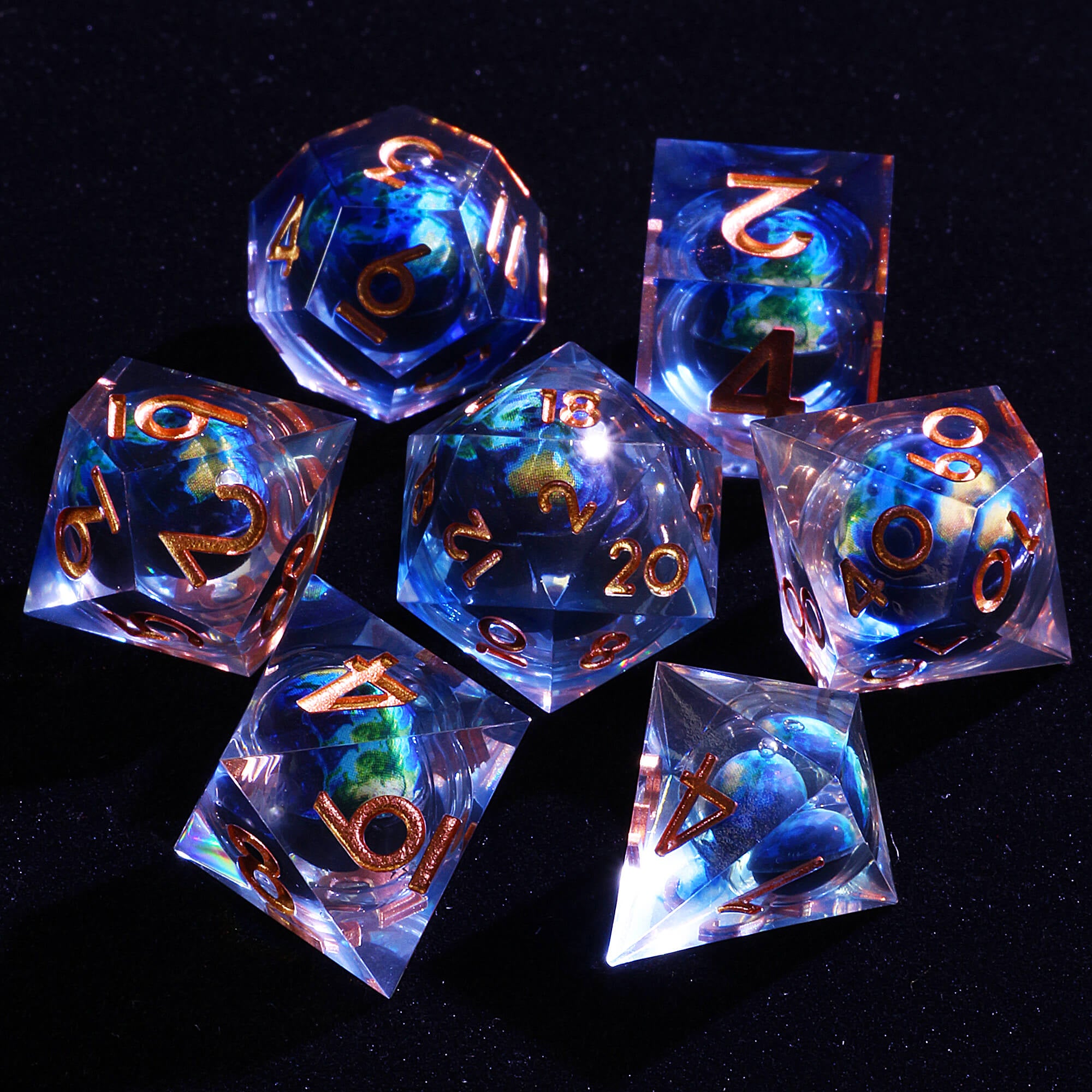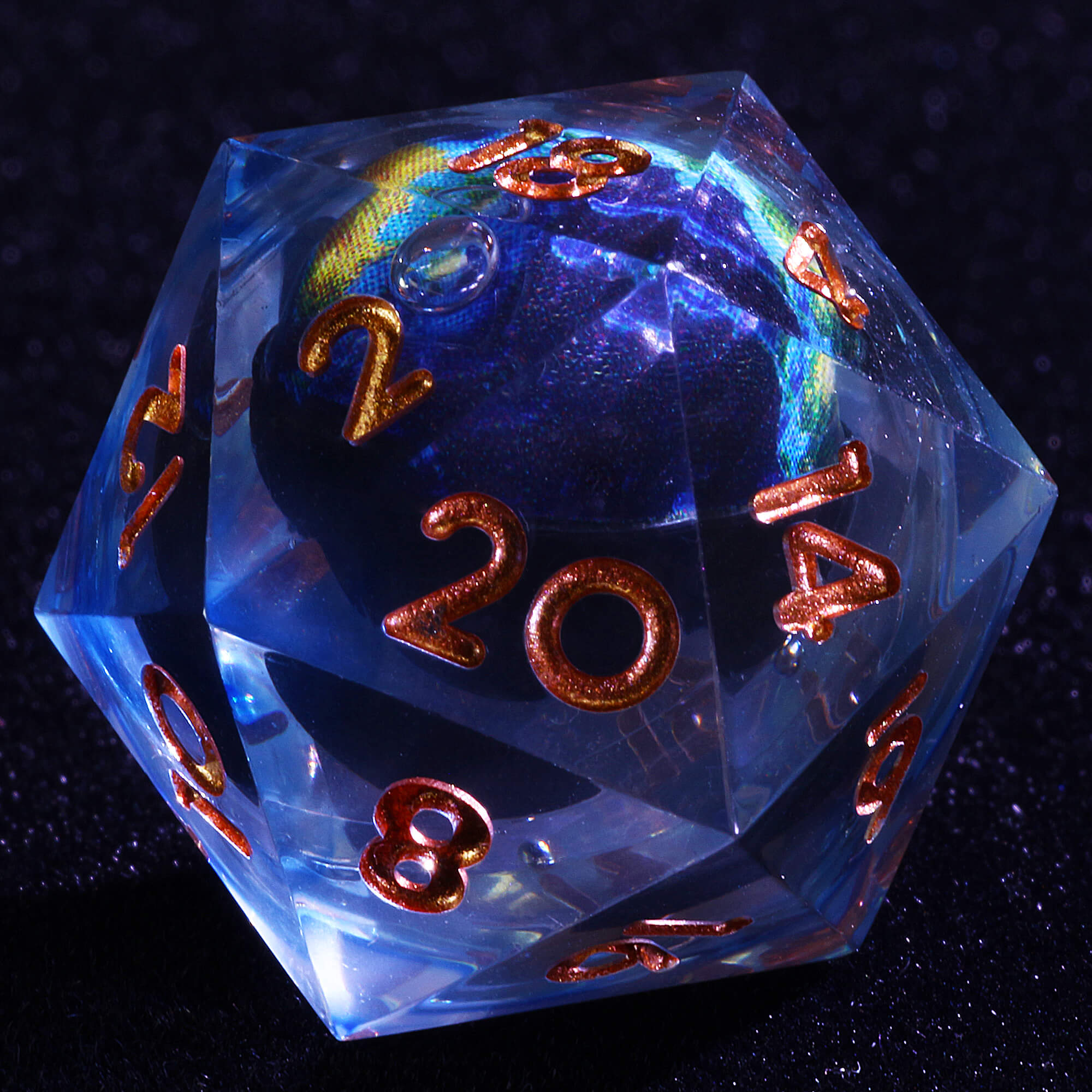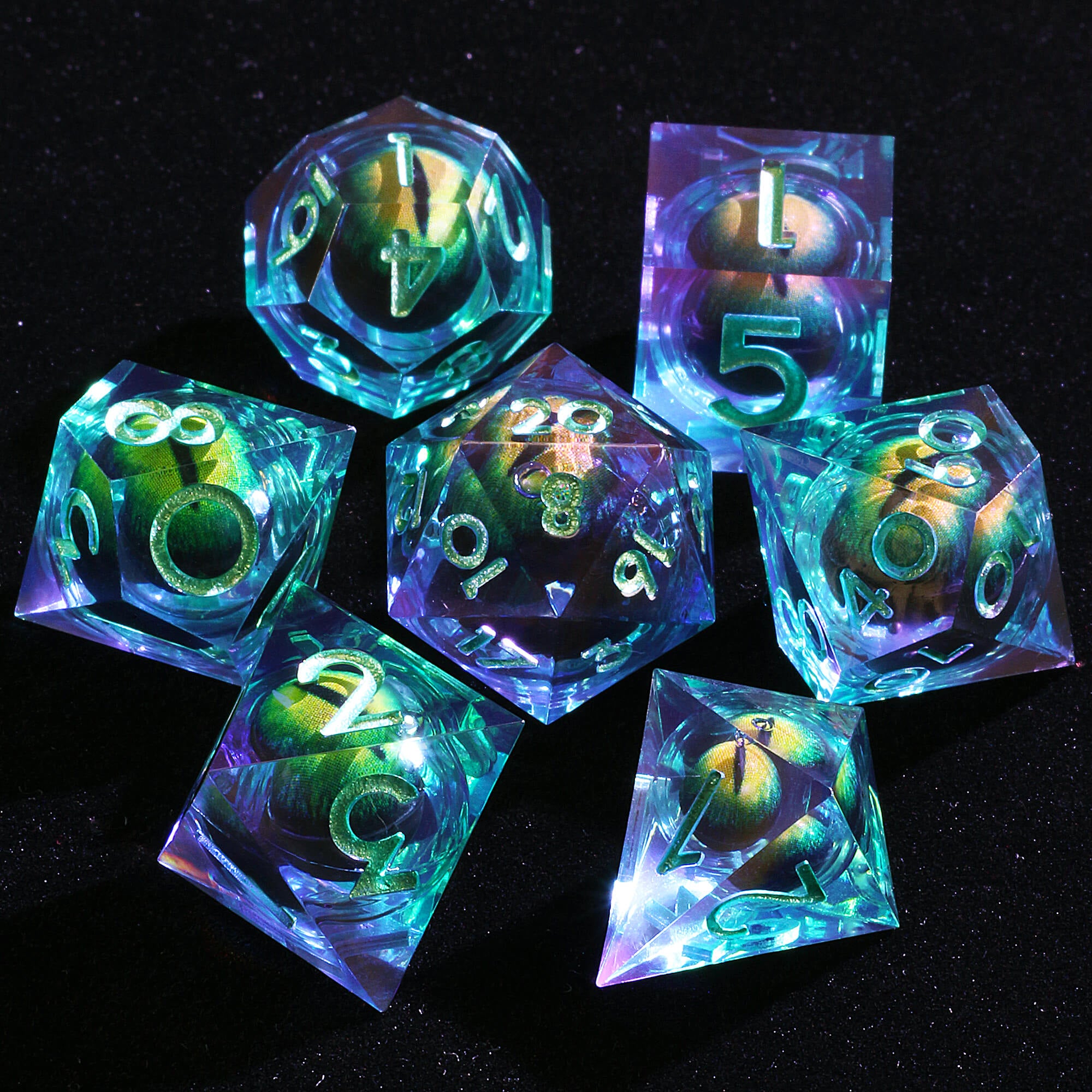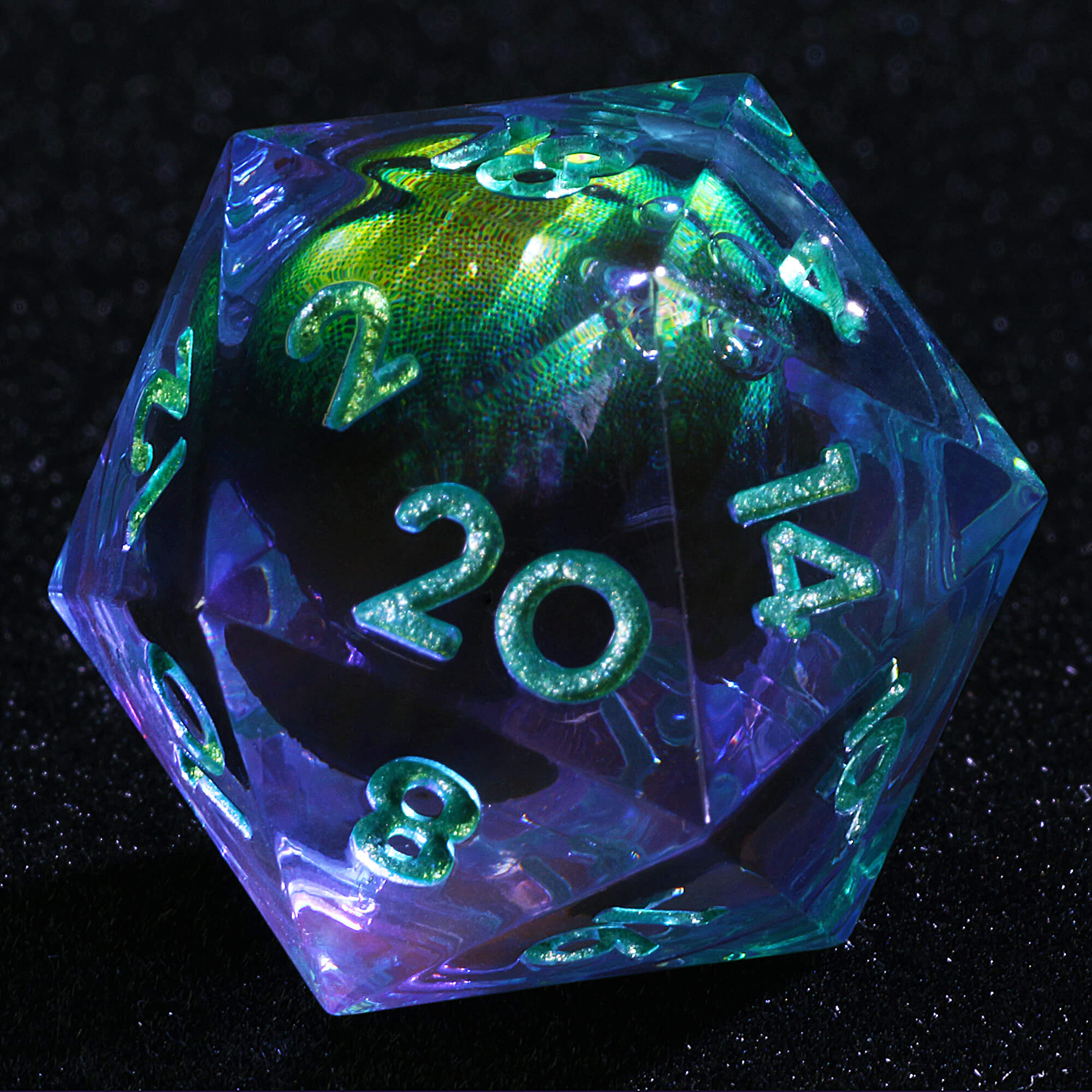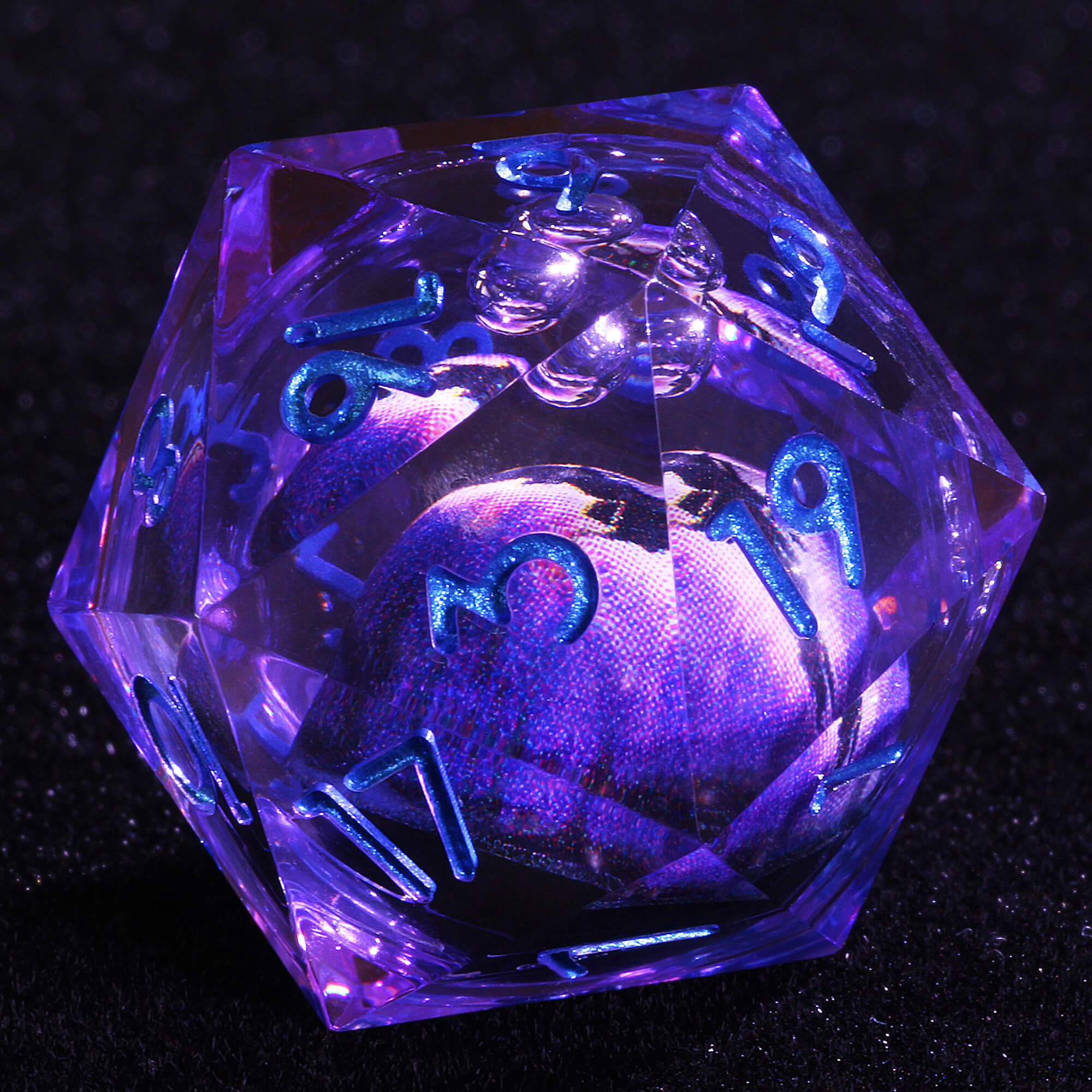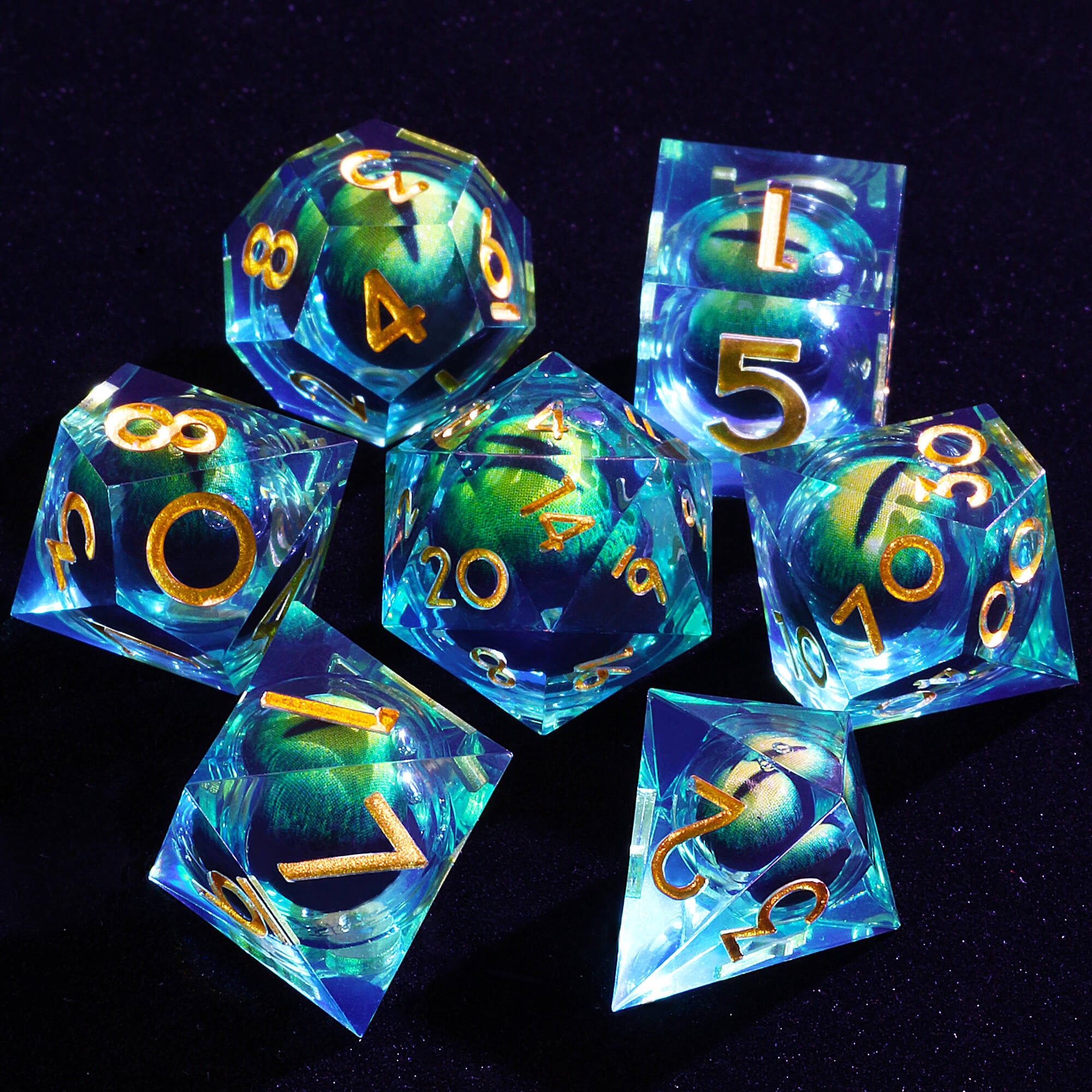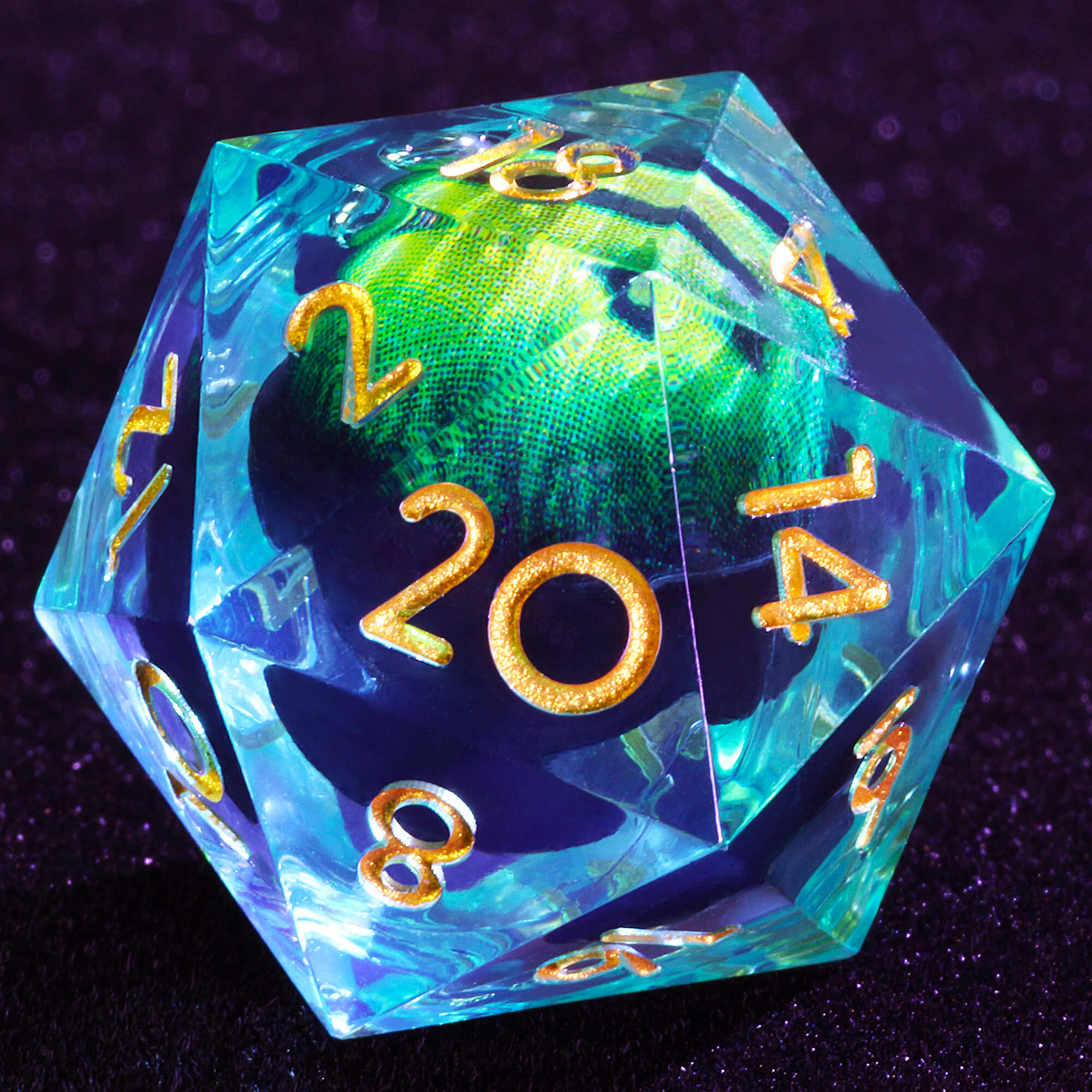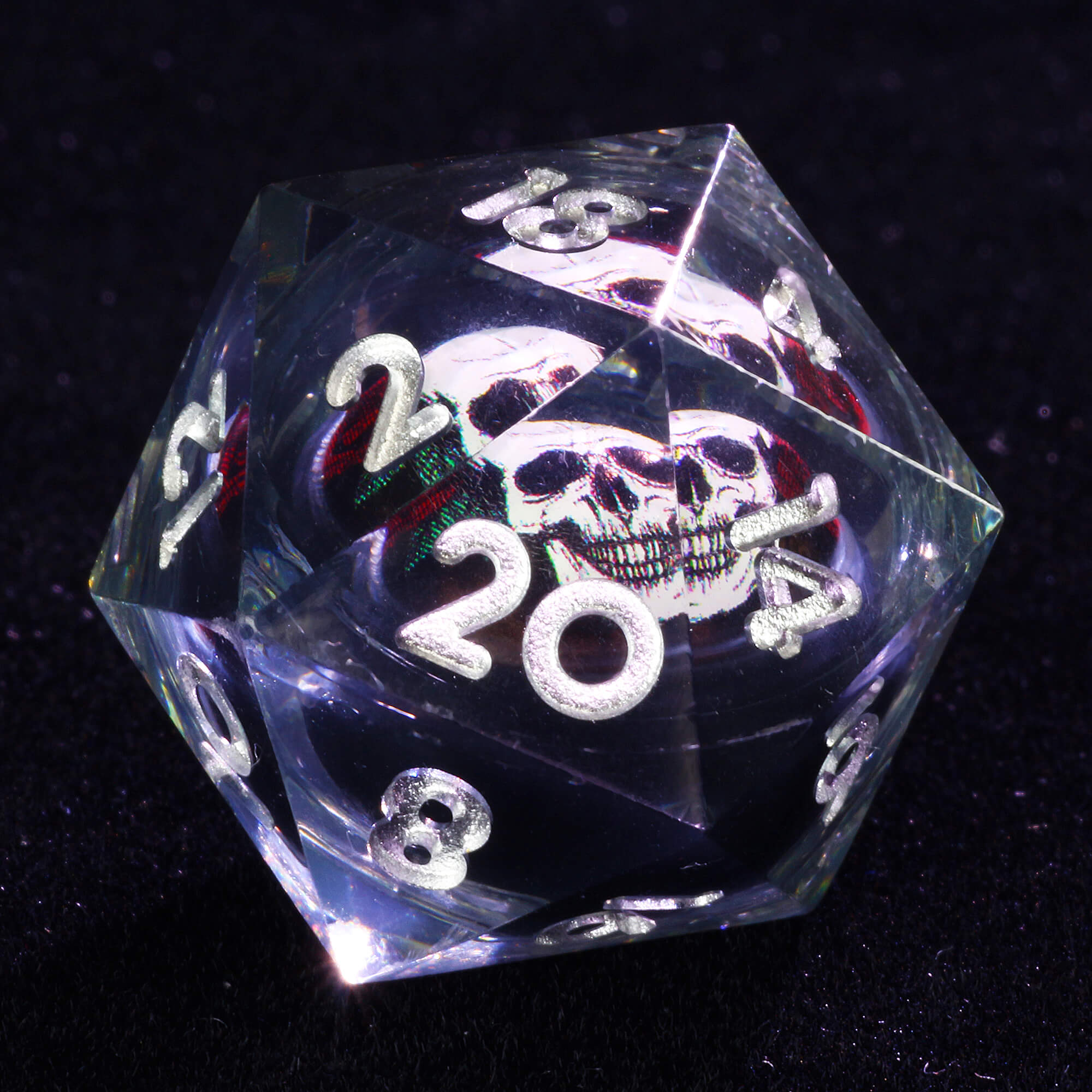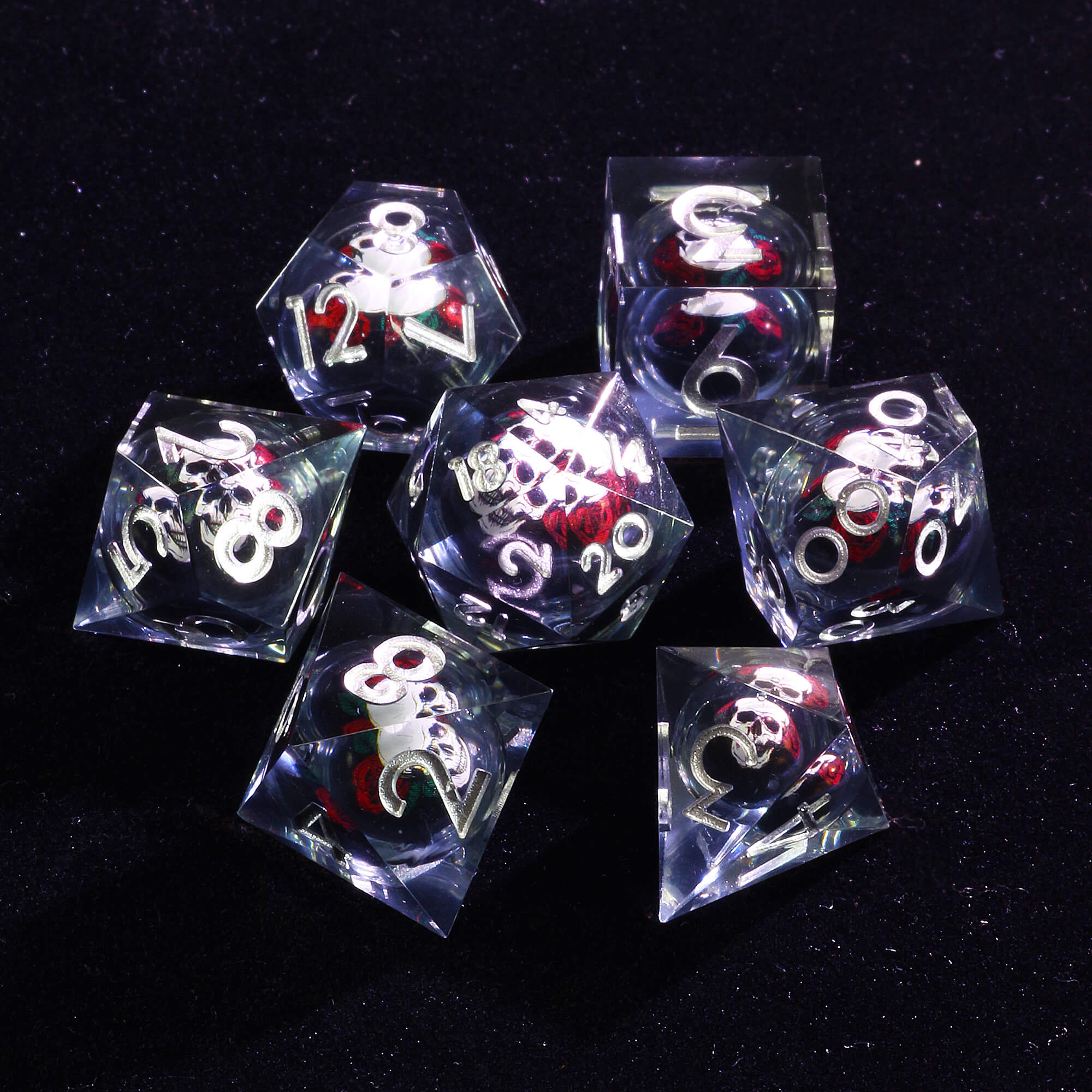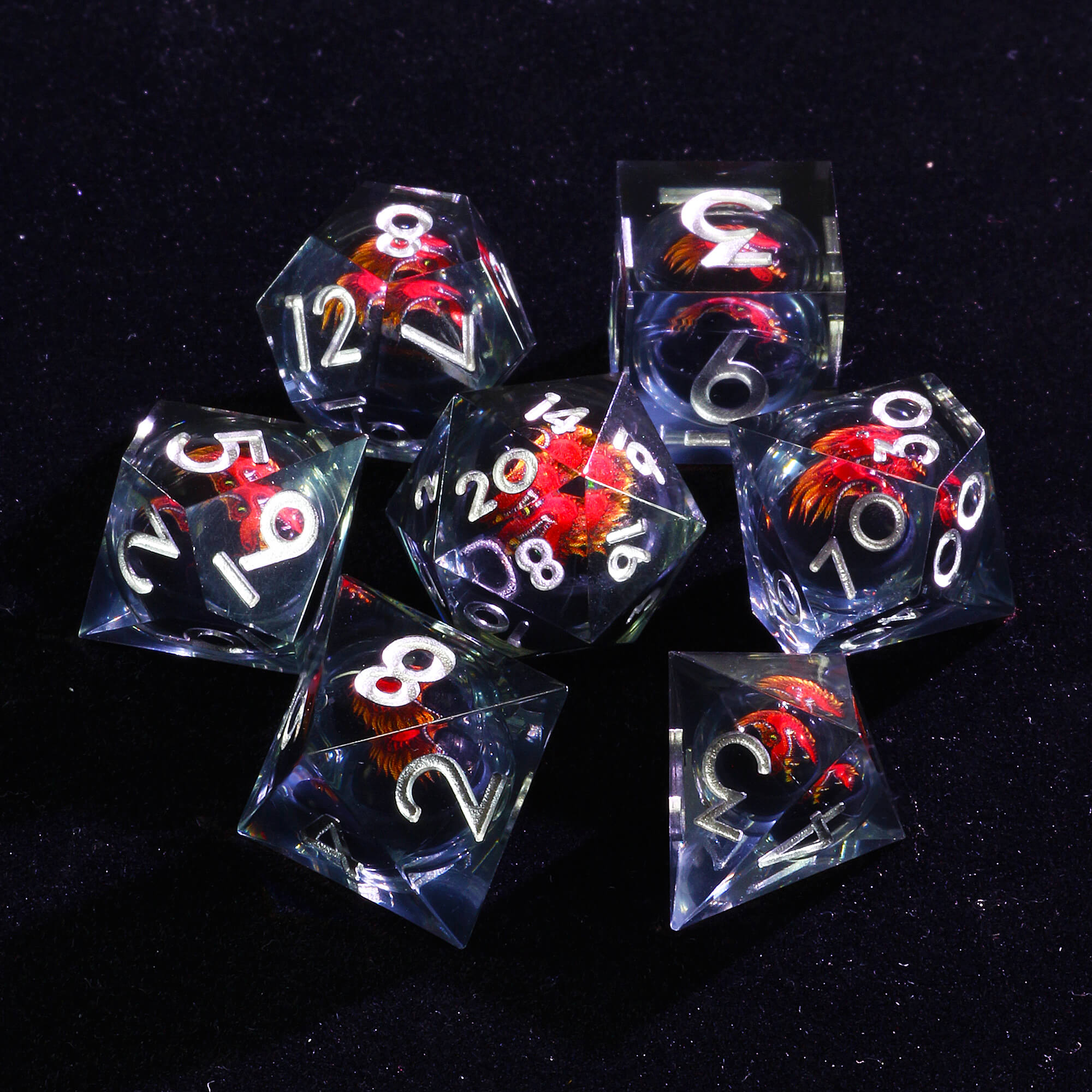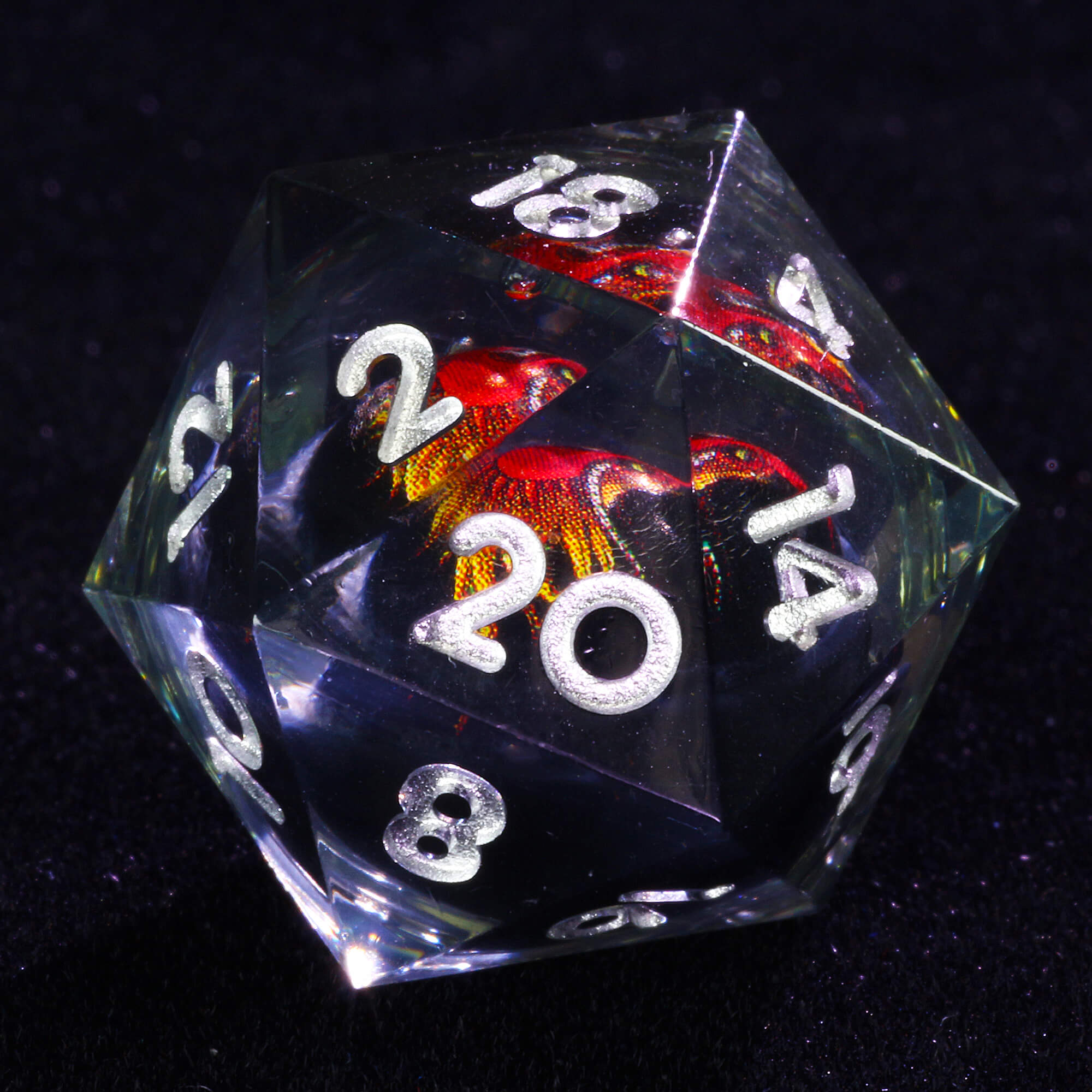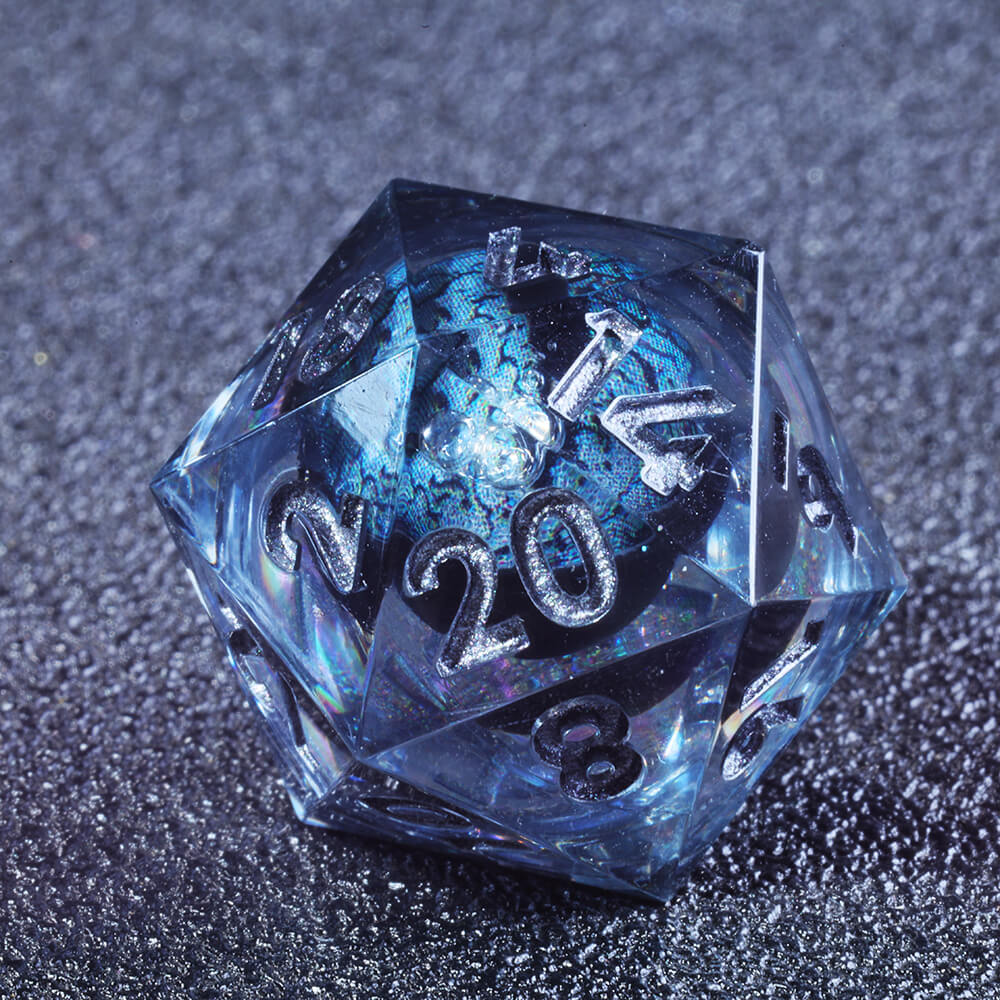Saint George is probably the best known of the Christian Saints in the United Kingdom. He is at the heart of an extremely famous story: the legend of Saint George and the dragon. It is his ultimate achievement of glory. This story has inspired many artists throughout the eras.
But it is not his only achievement! In this article, we will first look at who Saint George was, and then focus on his mythical fight against the dragon. Let's get started!
The Story of Saint George
Genesis
According to most accounts, Saint George lived during the 3rd century and died in 303. He was born in Cappadocia, a region that is today located in Turkey. He is said to have inherited the Christian faith from his parents.


Saint George, the Protester
According to the myth, George of Lydda, who later became known as Saint George, was a soldier in the Roman army. He rose to the rank of tribune (senior officer).
He protested vigorously against the persecution of Christians by the Emperor Diocletian. Indeed, within a month, 22 000 of them were martyred. Many frightened Christians denied their faith to avoid persecution.
Witnessing all this, Saint George left his military duties, to signify his protest. He threw away his knightly clothes and sold everything he owned. He gave the money back to the poor.
A Legendary Christian Martyr
When the emperor found out about his decision, he became terribly angry. Diocletian ordered his men to put him in jail and torture him with burning iron bars until he would give up his Christianity.
However Saint George was rather stubborn and his faith was strong. He did not give up: he was a Christian and would die that way if it had to come to this! One night, after he was tortured, the Lord revealed Himself to him and alleviated his suffering.
While in captivity, Saint George also resisted several attempts to poison him. So much so that it impressed the sorcerer who was behind it. The legend says that he eventually asked Saint George to make him a Christian...
Ultimately, Saint George was sentenced to death and placed on a spreading wheel. However, once again he came out alive. It was the machine itself that was broken!
After the failed execution, Saint George led the emperor to believe that he was going to convert to the pagan deities after all. But at the moment of his public conversion, he implored the Christian Lord instead. The legend says that fire then struck the temples, priests and the pagan idols.
Finally, in rage, the Emperor had the recalcitrant Saint George beheaded. However, soon afterwards, the Emperor and his servants were killed by the wrath of heaven.
The Legend of Saint George & the Dragon
If there is one fact that sets Saint George apart from his brothers in arms, it is his confrontation with the dragon.
The most famous version of this tale is from the Legenda Aurea (Golden Legend). It was written by the Italian writer and architect Jacques de Voragine of Genoa.
Premise of the Story
In this tale, Saint George, having learned about the misfortunes that befell the inhabitants of Silene (a town located in a Libyan province), would have decided to go there.
In Silene, a pond extended close to the city. Inside this pond lived a terrifying dragon, which spread terror over the whole region. Every time he would come close to the city, he would poison hundreds of people with his deadly breath.
To prevent this monster from attacking them, the locals gave him something to fill his stomach: 2 sheep a day!
But one day, there were no more sheep to feed the dragon... and that was when the tragedy began! They had to sacrifice human beings to keep the creature from devastating their city. The people were chosen at random during a daily meeting and one day, it fell on the king's only daughter. In spite of the king's immense sadness and reluctance, this time it was his daughter who had to be given as ransom to calm the monster.
The king blessed his daughter and put her in her wedding dress. Then he delivered the princess to the dragon...
An Epic Battle
But it was precisely at this moment that Saint George arrived in Silene. When he saw the young princess, he asked her what she was doing there. She told him to go away, at the risk of perishing too. Saint George replied that in the name of Jesus Christ, he was going to save her.
As they were talking, the dragon appeared and charged towards them. Saint George was on his white horse. He drew his sword and the para of the sign of the cross. He rode with strength against the dragon coming towards him, and struck him with his spear. He wounded him badly and threw him to the ground. He then asked the princess to tie her belt around the dragon's neck. When she was done, the dragon followed her like a gentle and submissive beast.


The King's Conversion to Christianity
Saint George proceeded to bring the defeated dragon to Silene. But before executing the monster, he asked the king and his people to convert to Christianity.
They were all baptized (a total of 15 000 people). In addition, a church was built in homage to Mary (mother of Jesus) and Saint George, at the place where the dragon was killed. A fountain of holy water still flows from this church today, healing the sick.
The king offered Saint George as much money as he wanted as a reward. However he didn't accept the offer. Instead, he wanted the money to go to the poor, in the name of God's love.
So instead of taking the money, he made 3 requests to the king:
- That he built and maintained churches in his kingdom
- That he honored the priests and listened to their advice
- That he took pity on those most in need
The Myth throughout History
Saint George's military exploits made him a very famous knight in medieval Europe, especially after the Crusades. For example, during the First Crusade, an apparition of Saint George is said to have helped the Crusaders during their triumphant siege of Antioch in 1098.
Another legend says that the famous English king Richard the Lionheart had a vision of Saint George during his siege of Acre (from 1189 to 1191). The king then rebuilt a church in Lydda as a tribute to the Saint. He also adopted his symbol (a red cross on a white background) for England. However, this story was disproved by historians in the 90s.
Moreover, some argue that this myth was inspired by the Greek legend of Perseus and Theseus.
Saint George & the Dragon in Arts
Many paintings were inspired by story of Saint George and the dragon throughout history. Here are a few examples of the most famous ones (knowing that countless others have been made).
In Greece


Icon by Angelos Akotandos (Crete, 15th century)
In France


Miniature from Charles d'Angoulême (Cognac, 15th century)
In Northern Europe


Wood carving by Bernt Notke (Stockholm, 15th century)
We hope that the fabulous story of Saint George and the dragon has interested you greatly. Until next time!

